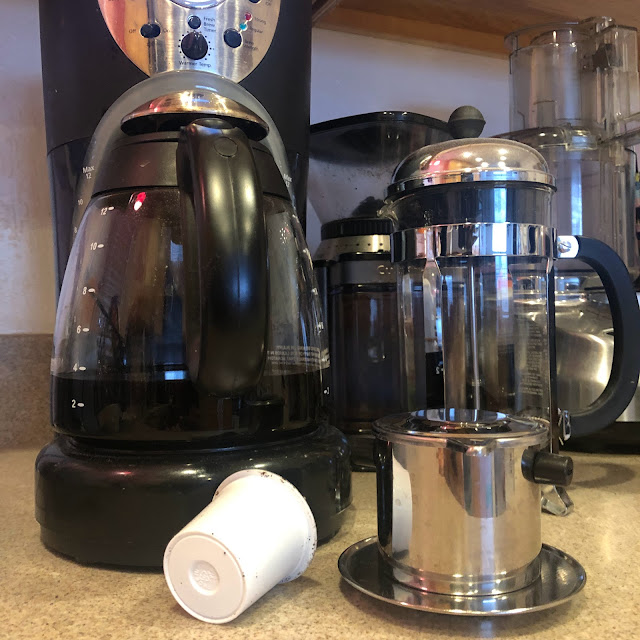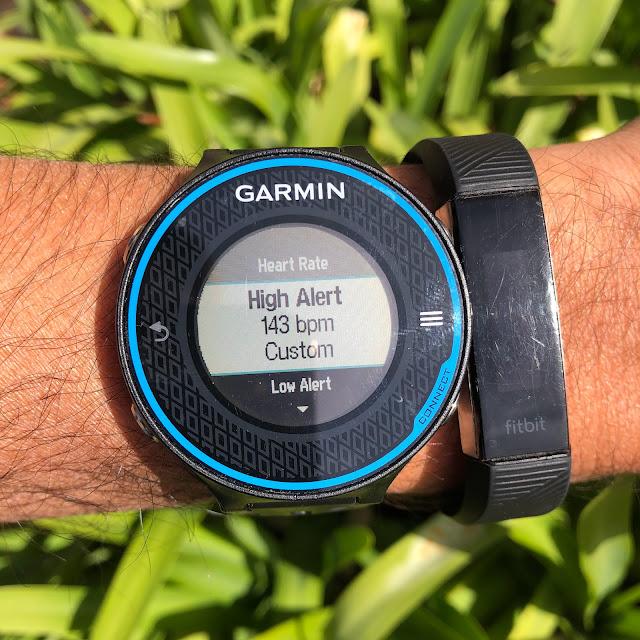Running without Looking at your Watch

Last week I needed to complete a base run, and the weather was not cooperating with my schedule. I headed out into the cold, windy night with a long-sleeved pullover, shorts, a baseball cap, and a headlamp. My GPS watch was set to alert me if my heart rate was over 143 beats per minute and was under my sleeve. Because of the cold, I used the thumb holes in my cuffs. The cold, windy, rainy weather made it uncomfortable to push my sleeve up. In the first half mile of my run and after a quick pace and heart rate check, I realized I would need to run by feel. It took three miles before I triggered my first heart rate alert. The wind and the rain picked up during the fifth and sixth miles. Before I knew it, I completed the last mile of the run. Over the last 39 days, I learned I can dial in the effort needed to stay in zone 2 and not look at my watch. Even though I run with the heart rate alerts turned on, I probably subconsciously look at my pace too much, which causes me to speed up and a...






